Vegan fashion isn’t just about skipping leather jackets—it’s about spotting hidden animal products in clothing.
From silk-lined coats to glue in your sneakers, non-vegan materials lurk where you least expect them. But don’t worry! Learning to identify and avoid these materials is easier than you think.
Let’s break down what to watch for, so you can dress with style, confidence, and a clear conscience.
1. Leather & Suede
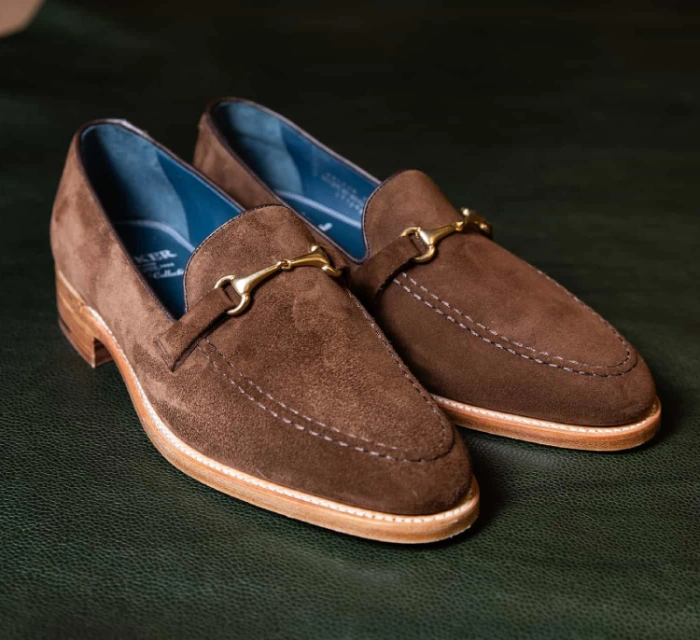
Leather isn’t just a byproduct of the meat industry—it fuels it. Made from animal hides, it undergoes chemical-heavy tanning that harms both animals and the environment.
Suede, a softer form of leather, comes from lambs, calves, and other animals.
Thankfully, cruelty-free alternatives are everywhere. Microfiber suede, mushroom leather, and cork leather offer the same look and feel without harm.
High-quality synthetic leather made from polyurethane (PU) and plant-based options like apple or pineapple leather provide stylish, ethical choices.
When shopping, check labels for terms like “genuine leather” or “suede.” Instead, opt for “vegan leather” or “faux suede” to ensure your fashion is as kind as it is stylish.
2. Wool
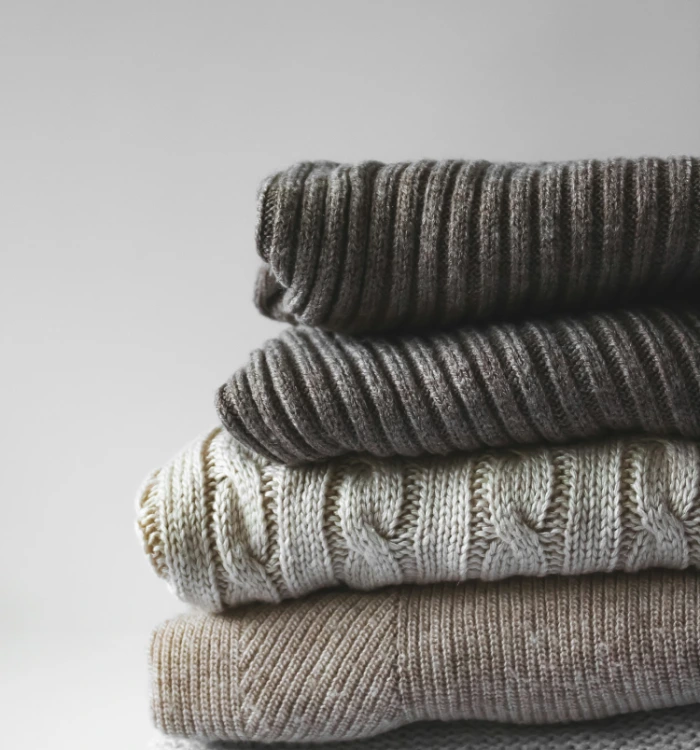
Wool may seem harmless, but its production involves painful shearing, injuries, and exploitation of sheep.
Even “ethical” or “sustainable” wool often comes from animals subjected to rough handling. Since sheep are bred for maximum wool production, they suffer from infections like flystrike, leading to painful procedures like mulesing.
Luckily, warm and cozy vegan alternatives exist. Organic cotton, hemp wool, bamboo fleece, and Tencel mimic wool’s softness without cruelty. Recycled polyester and plant-based knits provide warmth while being eco-friendly.
Always check labels for terms like “merino,” “cashmere,” or “alpaca,” which indicate animal-derived fibers.
Instead, look for plant-based or synthetic wool substitutes to stay warm with a clear conscience.
3. Silk

Silk may feel luxurious, but its production is far from gentle.
Silkworms are boiled alive to extract their delicate threads, making traditional silk far from cruelty-free. Even “peace silk” isn’t always ethical, as it still exploits insects for fabric.
Thankfully, there are vegan-friendly alternatives. Bamboo silk, Tencel, and soy silk offer the same smooth texture without harming animals. Recycled polyester and plant-based satin also provide ethical elegance.
When shopping, avoid labels that say “100% silk” and opt for plant-based or synthetic alternatives instead.
4. Fur
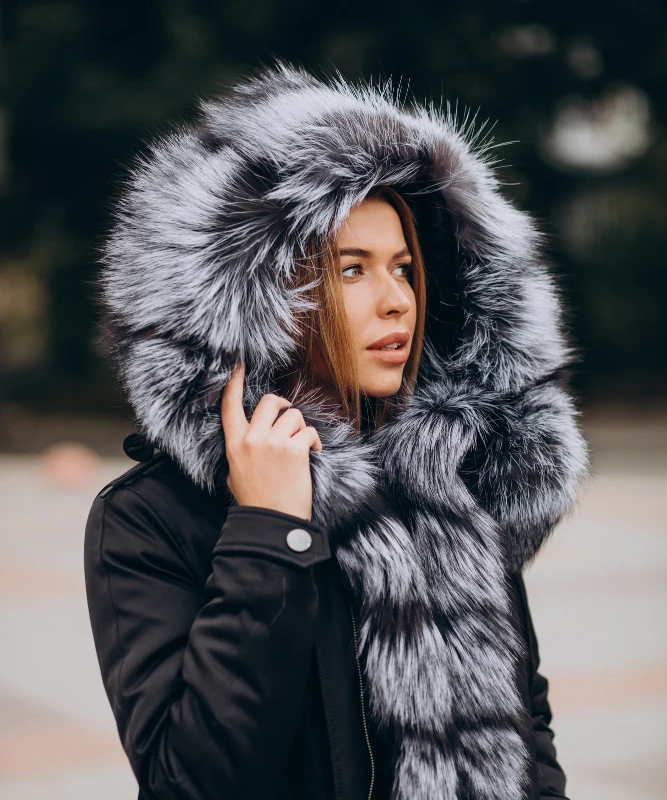
Real fur comes at a high cost—animals suffer in cramped cages before being killed for their pelts. Even “ethically sourced” fur often involves cruelty. Luckily, modern faux fur mimics the look and feel without harm.
To tell real from fake, check the base—real fur has skin underneath, while faux fur has fabric. Also, try the burn test—real fur smells like burning hair, while faux fur melts.
Choose cruelty-free brands that use high-quality synthetic or plant-based fur alternatives.
5. Down Feathers

Down feathers come from ducks and geese, often plucked while they’re alive. This painful process makes down anything but cozy.
Fortunately, synthetic alternatives like PrimaLoft and recycled polyester provide the same warmth without cruelty.
When shopping, avoid “goose down” or “duck down” and opt for vegan insulation instead.
6. Animal-Derived Glue
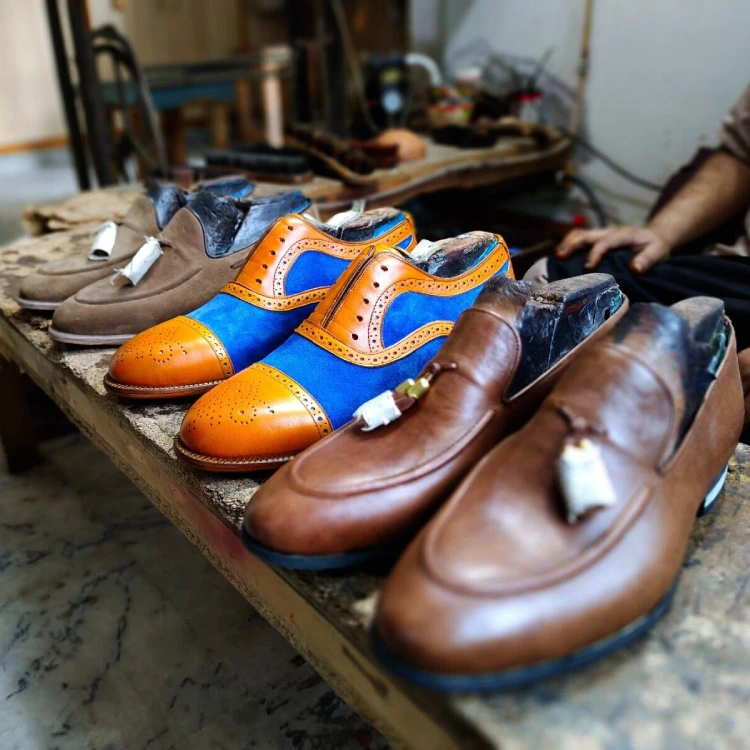
Glue in shoes, bags, and accessories often comes from animal bones, skin, or milk proteins like casein. Since brands rarely disclose this, identifying animal-based adhesives can be tricky.
Thankfully, many companies now use synthetic or plant-based glues. Look for brands that advertise “vegan” or “cruelty-free” products.
When in doubt, contact the brand to confirm their adhesives are animal-free.
7. Buttons, Zippers & Embellishments
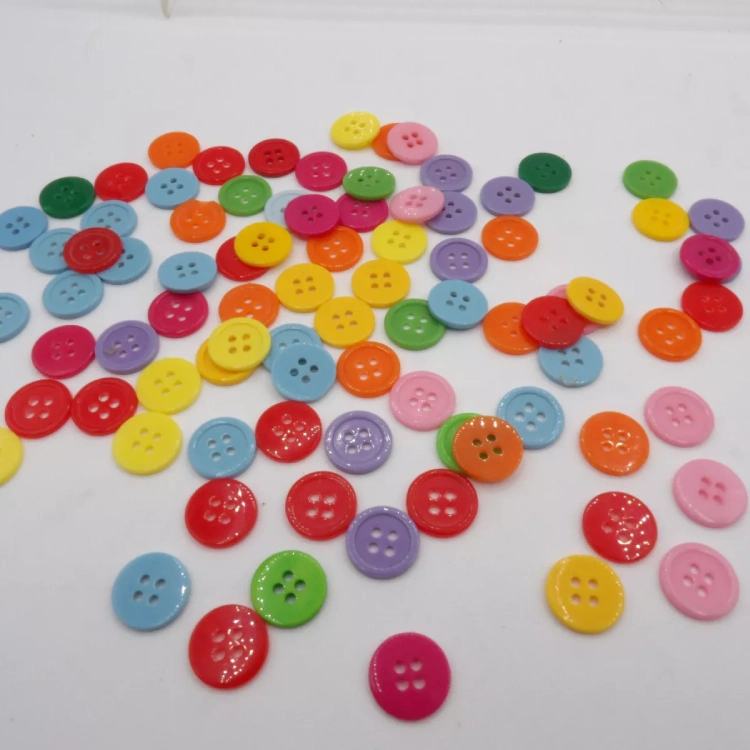
Small details can hide animal products. Buttons made from bone, horn, or shells are common in clothing. Some zippers and embellishments contain animal-derived coatings or glues.
Vegan-friendly options include buttons made from wood, metal, or recycled plastic. Opt for synthetic zippers and embellishments labeled as cruelty-free.
Always check materials or contact brands to ensure these hidden details align with your ethical choices.
8. Animal-Based Dyes
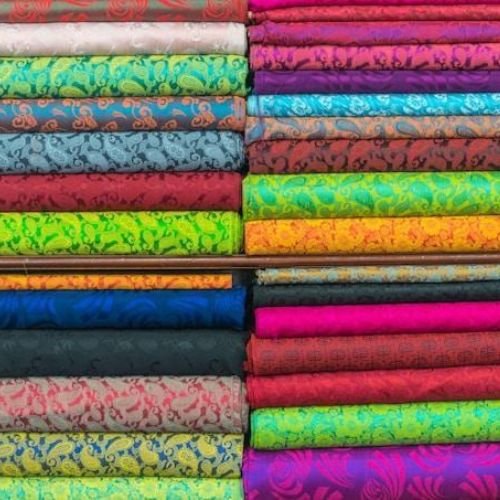
Many dyes come from animals, like cochineal (crushed insects) for red or bone char for black. These hidden ingredients make some fabrics non-vegan.
Thankfully, plant-based and synthetic dyes offer vibrant, cruelty-free alternatives. Look for labels that mention “plant-based” or “synthetic dye.”
Brands focused on ethical fashion often use eco-friendly coloring methods, ensuring your clothing stays both stylish and animal-free.
9. Waxed Jackets
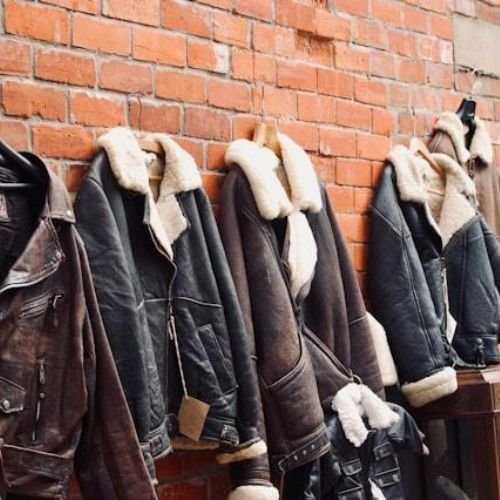
Traditional waxed jackets often use beeswax, making them non-vegan. This hidden animal product helps create a water-resistant finish.
Fortunately, vegan alternatives exist. Look for jackets coated with paraffin, soy wax, or synthetic wax. Always check labels or choose brands that specifically offer plant-based, cruelty-free outerwear.
How to Identify Vegan Clothing
Spotting vegan clothing requires careful label reading and material awareness. Start by checking fabric tags—avoid wool, silk, leather, suede, and fur. Look for synthetic or plant-based alternatives like cotton, hemp, bamboo, and Tencel.
Buttons, zippers, and dyes can also contain animal products. Bone, horn, or shell buttons should be swapped for wood, metal, or plastic. Opt for plant-based or synthetic dyes instead of those derived from insects or bones.
Shoes and bags often contain animal-derived glue. Since labels rarely specify this, choose brands that advertise vegan adhesives or contact manufacturers directly.
Certifications help, too. Look for seals like PETA-Approved Vegan or The Vegan Society logo, ensuring no animal products were used.
When in doubt, research ethical brands committed to vegan fashion. With awareness and a few simple checks, you can confidently build a cruelty-free wardrobe without sacrificing style.
Certifications & Seals for Vegan Fashion
Certifications help ensure clothing is truly vegan. Look for trusted seals that verify no animal materials or byproducts were used.
Key certifications include:
- PETA-Approved Vegan – Guarantees the product contains no animal-derived materials.
- The Vegan Society Trademark – Ensures both materials and production processes are cruelty-free.
- Global Organic Textile Standard (GOTS) – Focuses on organic fabrics, often used in ethical vegan fashion.
- OEKO-TEX Standard 100 – Verifies textiles are free from harmful substances, including some animal-derived dyes.
Always check for these seals on clothing, shoes, and accessories. Some brands may claim to be vegan without certification, so researching ethical companies is essential.
Engaging With Brands to Push Ethical Fashion
Supporting ethical fashion goes beyond personal choices—it’s about influencing brands to adopt cruelty-free practices. Consumers have power, and brands listen when demand shifts.
Start by researching companies’ sustainability and animal welfare policies. If information is unclear, reach out via email or social media. Ask about their materials, dyes, adhesives, and ethical commitments.
Support and promote brands that prioritize vegan materials. Leave reviews, share posts, and recommend them to others. At the same time, challenge non-vegan brands to improve. Request more vegan options and highlight ethical concerns.
Signing petitions and joining campaigns for cruelty-free fashion also makes a difference. Every inquiry, purchase, and conversation helps push the industry toward more sustainable, animal-friendly alternatives. Your voice matters—use it to create change.
Conclusion
Building a vegan wardrobe isn’t just about fashion—it’s a statement of compassion. By avoiding animal-derived materials and choosing ethical alternatives, you support a kinder, more sustainable industry.
Check labels, research brands, and push for change. Every purchase is a vote for cruelty-free fashion. Dress with purpose, knowing your choices make a real impact.

